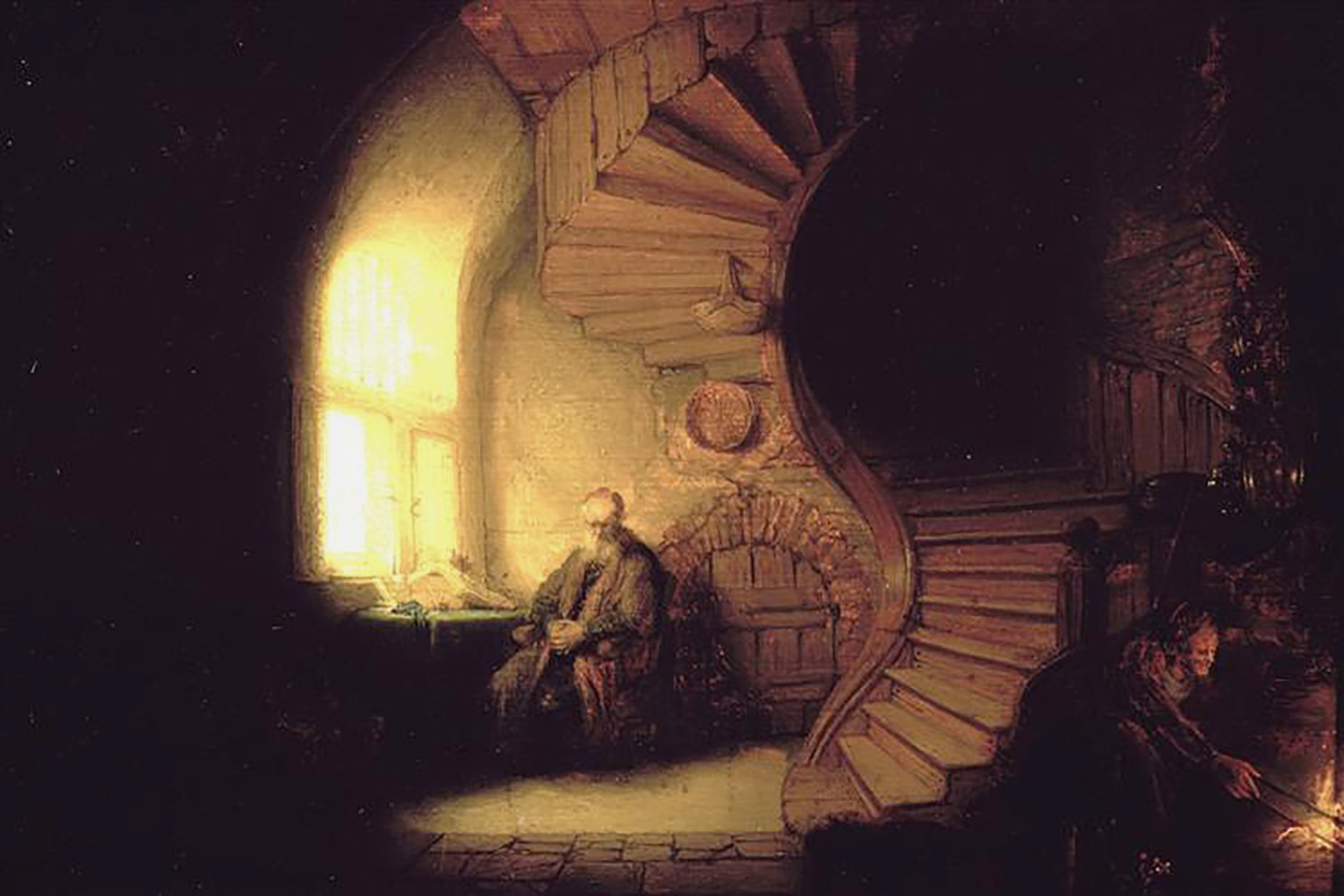
At this point the 10,000 hours theory about gaining mastery has done its rounds online. For anyone who has not heard it yet, the idea (made popular by writer Malcolm Gladwell) was that mastery is not born, but created, practiced, and executed. It takes about 10,000 hours of guided practice to become masterful. While the academic world rejects his theory and will argue against it for years to come, I’ve found it is more or less in line with the apprenticeships I went through. But, I find that it can be a daunting number to live up to.
What does 10,000 hours look like in real life?
8 hours a day x 5 days a week x 40-50 weeks a year for 5-7 years = 10,000 hours
From an early age, I went through formal and informal apprenticeships in art, construction, and zen practice. While Gladwell’s theory is not without misgivings, overall it is fairly close to the experience and timeframe that most masters will describe for an apprenticeship. Depending on your trade, a dedicated apprentice will be functional in about 5 years, and fully professional in about 7 years. They may spend the rest of their lives refining their craft, but they will have elevated themselves from the rank of newbie to pro after 7 years.
But what if you only want to learn the lessons of a master without developing all the technical skills in a given field? What if your desire was to be an educated connoisseur without learning how to make every piece of the puzzle?
Inside of the 10,000 hours of mastery exists about 100 hours of intellectual learning and 9,900 hours of practice and refinement.

Inside of the 10,000 hours of mastery exists about 100 hours of intellectual learning and 9,900 hours of practice and refinement.
The governing principles in almost any field are not extremely complex. In fact, they are usually pretty straightforward. But putting them into action, without active thought, is where the trouble lies.
Imagine that you could explain what a baseball batter must do to hit a 90 mph fastball in a few minutes. Even if you were given an hour to describe all of the nuances, eventually it would reach a point where you would say, “Let’s go out there, so you can see what I mean.”
That is where intellectual understanding ends and practice begins.
But why would you want to understand something you have no intention of doing? Because it allows you to take the experiences of your life and add the lessons from great masters without getting overwhelmed in their technical parts you don’t need.

You can learn lessons from Michelangelo without touching a block of marble. You can gain a deeper understanding of architecture by studying Andrea Palladio. Or you can take the hard learned lessons by warrior philosopher Marcus Aurelius without ever picking up a sword.
If we needed to experience every single thing we learn, the lessons we can accumulate in a lifetime are limited.
We will burn our hands on many pots and blow out too many electrical outlets … trust me, I’ve done them both and it’s a waste of time.
The world gets stuck repeating things that we could have learned from someone else. And when history provides us an endless library of people who got really good at what they do, why not take a quantum leap forward based on their successes? It also tells us how deep we need to go. With no limits, the internet is a rabbit hole of, “Oh wait, there is a little more I could read over here.”
If we needed to experience every single thing we learn, the lessons we can accumulate in a lifetime are limited.
Learning is wonderful, but on its own it is a maze. However, learning, plus intention and guidance, is a different ball game because it allows you transformative power in any field. It is why experts constantly study experts. They tease out the essentials, add it to their work and get on with their objectives.
And when we think about it, 100 hours is manageable. You can knock that out in a few months or even weeks, depending on how dedicated you are. So set yourself a goal and a time limit.
How long should it take to learn photography?
Answer: 100 hours
How long should it take to master it?
Answer: 9,900 hours
But once you learn the first 100 hours, the road to mastery is fun. You will enjoy it much more, at least I did.
Counter intuitive to what you might think, the limitations are liberating. What’s not liberating is the endless draw of the next best thing: it could be a “top 10 things you should be doing in photography” list or a new piece of gear. Distractions know many forms. But if you can set all that aside and use the lessons of those who have succeeded, you will find yourself looking out from their shoulders on to new horizons, guaranteed.